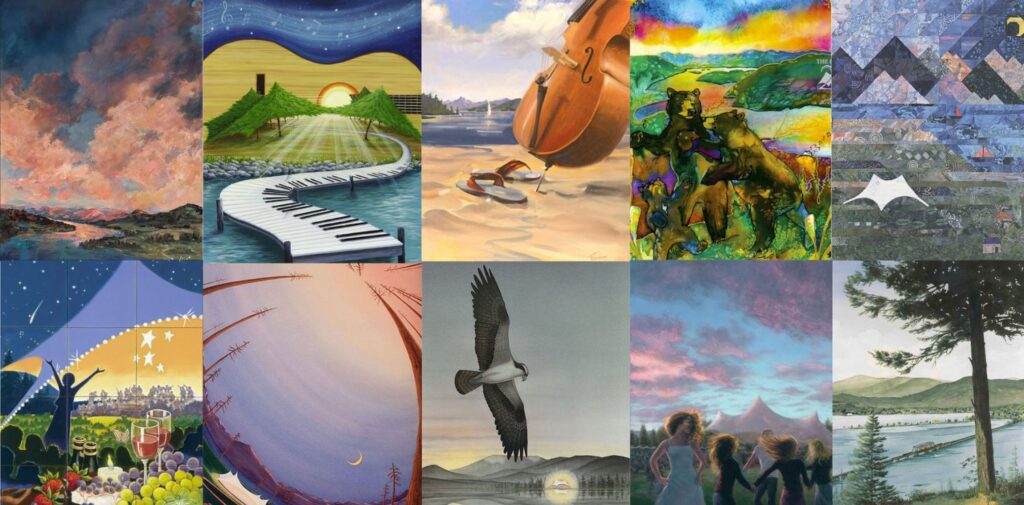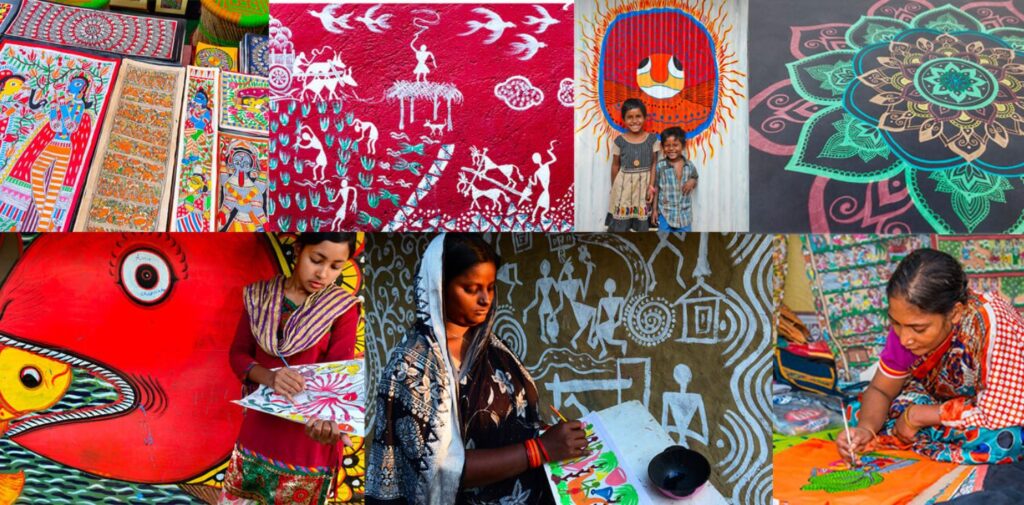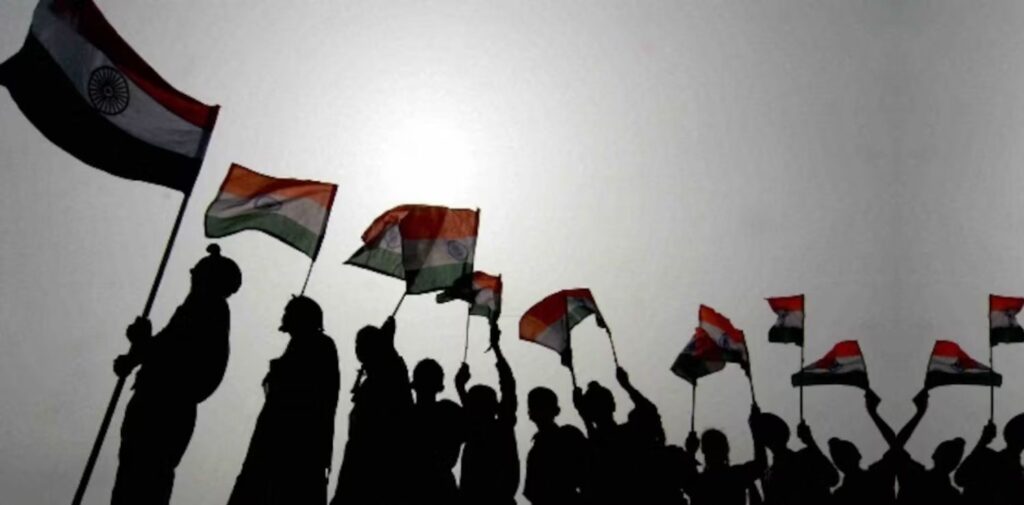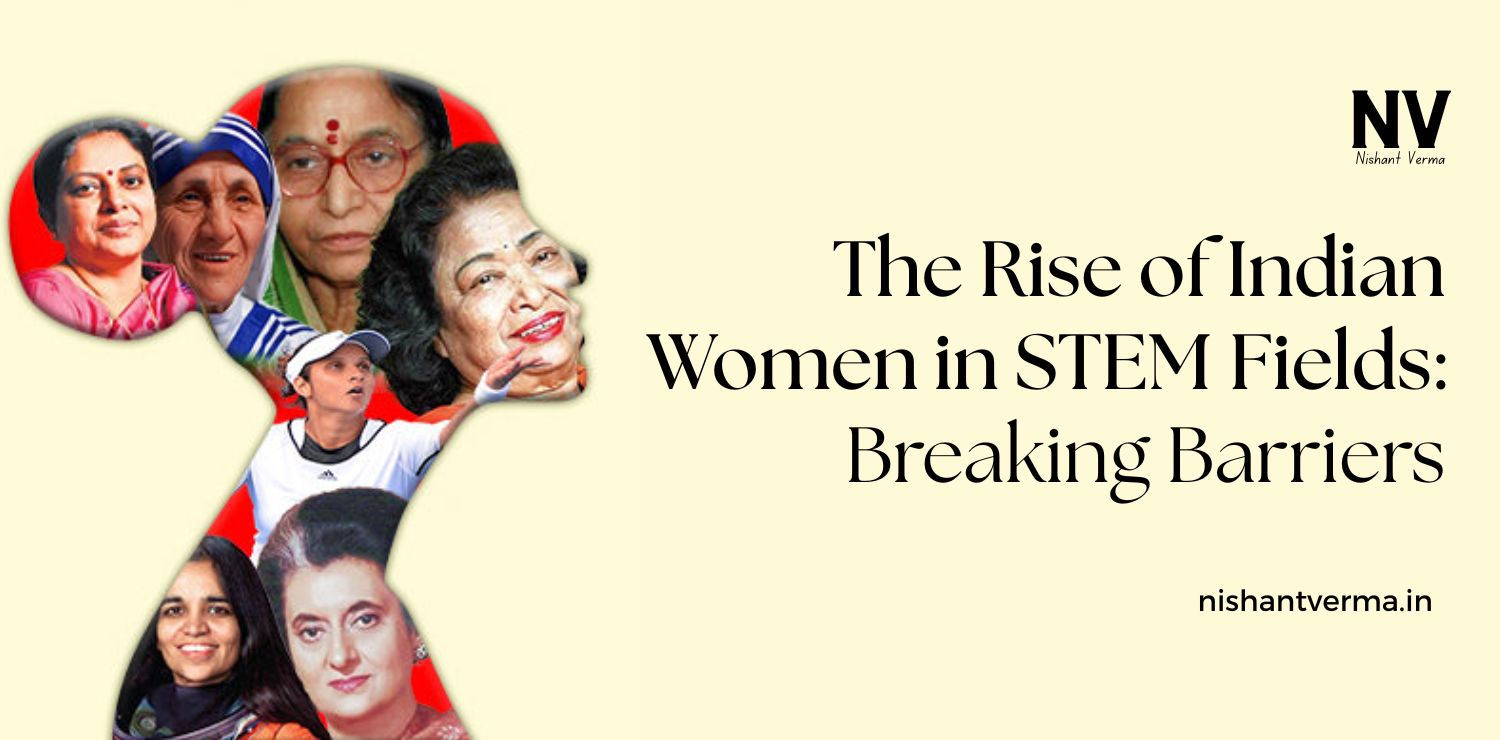India’s journey to independence was not just a political movement; it was also a cultural and creative revolution. While leaders like Mahatma Gandhi, Jawaharlal Nehru, and Subhas Chandra Bose led the fight against British colonial rule, Indian artists played a vital role in fueling the nationalist spirit and spreading the message of independence. Through paintings, sculptures, posters, music, and literature, Indian artists became powerful tools in the struggle for freedom.
This article explores the role of Indian artists in nationalist propaganda during the freedom struggle, focusing on how their work inspired the masses, spread awareness, and strengthened the resolve of the people in their fight for independence.
The Power of Art in the Freedom Movement
Art has always had a unique ability to transcend boundaries, convey deep emotions, and communicate ideas that words sometimes cannot. During India’s freedom struggle, art was used to awaken national consciousness, create a sense of unity, and mobilize people against the British Empire. The British colonial rule was oppressive, and art became a form of resistance, a way to break free from the constraints of the ruling power.
Artists used their creativity to symbolize the Indian people’s hopes and struggles. Nationalist art was not just a representation of beauty but a form of protest and empowerment. These artists understood the power of visuals to influence people’s thoughts, raise awareness about the injustices under British rule, and inspire people to act.

Visual Arts: Paintings and Posters
One of the most effective ways Indian artists contributed to nationalist propaganda was through visual arts, especially paintings and posters. They used these mediums to portray national heroes, showcase the beauty of India’s culture, and critique British rule.
1. Promoting National Heroes
Artists created powerful portraits of freedom fighters, which were widely circulated in the form of prints, posters, and newspapers. These paintings celebrated the bravery and sacrifices of leaders like Rani Lakshmi Bai, Bhagat Singh, and Subhas Chandra Bose. These images were not just representations of individuals; they were symbols of the strength and unity of the Indian people.
For instance, one of the most famous images from the period is the painting of “Mahatma Gandhi” by artist Nandlal Bose, which captured Gandhi’s leadership and his dedication to the cause of non-violence and independence. Such portraits helped to keep the image of freedom fighters alive in the minds of the public, inspiring ordinary people to join the movement.
2. Depicting Struggles and Oppression
Art also became a medium through which the everyday struggles of ordinary Indians under British rule were depicted. Painters like Abanindranath Tagore and Ravi Varma portrayed the suffering of the masses, focusing on the exploitation, poverty, and injustice faced by the common people under British rule.
Abanindranath Tagore’s painting of “Bharat Mata” (Mother India), which depicted India as a goddess-like figure, became an iconic symbol of the nationalist movement. It instilled a sense of pride in the people, urging them to fight for the freedom and dignity of their motherland.
These artworks depicted the oppression of Indians and were used as powerful tools for propaganda. They helped to create a shared understanding of the struggles against the British and inspired people to join the fight.

Folk Art and Regional Art Forms
While many Indian artists were trained in Western styles, a large number of them used traditional Indian folk art forms to reach the masses. Folk art, being easily understandable and culturally relevant to a wide section of society, was an effective tool for spreading nationalist messages.
1. Miniature Paintings
Miniature art was revived and adapted during the freedom struggle, where artists depicted scenes from India’s glorious history, showing images of warriors, rulers, and other historical figures fighting against foreign invaders. These miniature paintings aimed to remind the people of India’s rich cultural heritage and inspire them to continue the fight for independence.
2. Wall Murals and Graffiti
In the streets of towns and villages, artists began creating large murals and graffiti that carried messages of defiance and freedom. These murals depicted images of freedom fighters, slogans like “Inquilab Zindabad” (Long Live the Revolution), and symbols of unity and independence. These murals became a part of everyday life and were crucial in spreading nationalist propaganda among the rural population, who may not have had access to newspapers or other forms of media.
3. Posters and Street Art
Posters were another popular form of visual propaganda used by artists. They often carried strong messages, rallying people to join the struggle for independence. These posters depicted the symbols of Indian heritage, like the lotus, the tiger, and the tricolor flag. These posters were pasted on walls, on trains, and on public places, catching the attention of large numbers of people, including those who could not read or write.
For example, Raja Ravi Varma’s posters of women in traditional Indian attire, embodying the idea of an independent and proud India, motivated people to take pride in their culture and fight for freedom.
Literature and Poetry
Alongside visual art, literature and poetry played a crucial role in promoting nationalism and inspiring the masses. Writers and poets used their pens to encourage a spirit of resistance and resilience in the face of British oppression.
1. Patriotic Poetry
Poets like Rabindranath Tagore, Bankim Chandra Chattopadhyay, and Subramania Bharati used their works to evoke a sense of pride in Indian identity. Bankim Chandra’s famous song, “Vande Mataram”, became the anthem of the nationalist movement, calling upon the people to rise and salute their motherland.
Poetry, through its rhythm and language, reached deep into the hearts of the people and awakened their love for their country. This literature was often recited in public gatherings, and poems like “Vande Mataram” were sung in protest marches, adding strength to the movement.
2. Nationalist Literature
Authors and writers also produced novels, essays, and plays that celebrated Indian history and culture, and criticized British colonial policies. Writers like Lala Lajpat Rai and Mahatma Gandhi wrote books and articles that promoted national unity, self-reliance (swadeshi), and the importance of non-violent resistance.
These works inspired intellectuals and thinkers to participate more actively in the nationalist movement, and many of them became leaders in various political groups. Literature served as a powerful tool to spread the ideas of freedom and self-rule.

Music: Songs and National Anthems
Music was another powerful medium used by artists during the freedom struggle. Nationalist songs, patriotic anthems, and folk music became anthems of resistance and unity.
1. Patriotic Songs
Musicians like Rabindranath Tagore and Subramania Bharati composed songs that stirred the hearts of the Indian masses. Tagore’s “Jana Gana Mana” eventually became India’s national anthem, while his other works, such as “Ekla Cholo Re,” called upon people to stand united in the face of adversity. These songs helped create a sense of unity and hope among the people.
2. Folk Songs and Chanting
In rural areas, folk singers and musicians spread nationalist messages through songs that spoke about the British oppression, the struggles of common people, and the need for freedom. These songs were often sung at gatherings, meetings, and protests, strengthening the resolve of the people.
Conclusion: Role of Indian Artists
Indian artists played an essential role in the nationalist propaganda during the freedom struggle. Through their art, they conveyed powerful messages of resistance, pride, and unity. Their paintings, literature, music, and other forms of creative expression inspired millions of Indians to join the fight for independence.
By transforming their cultural heritage into tools of resistance, Indian artists not only challenged the British colonial rule but also shaped the identity of a free India. Today, the works of these artists continue to remind us of the sacrifices made and the importance of unity in the pursuit of freedom. Their legacy in the nationalist movement remains an important part of India’s history, and their contributions continue to inspire future generations to fight for justice and equality.




